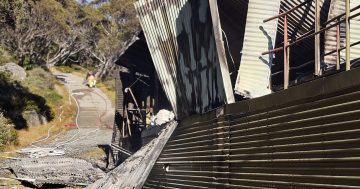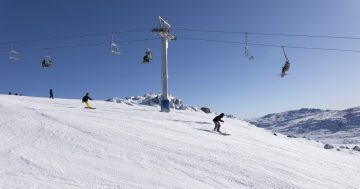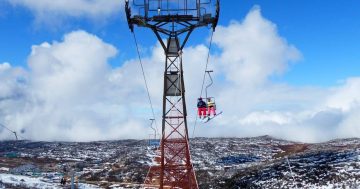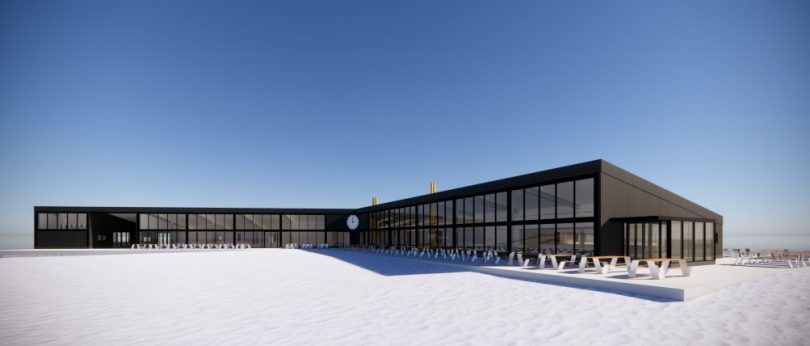
An artist’s impression of the redeveloped Selwyn Snow Resort visitors centre. Photo: Sissons.
The view from Mount Selwyn is looking a whole lot better this year compared to last year when the ski resort was damaged beyond repair by bushfires, forcing its closure throughout the 2020 snow season.
But behind the scenes, it’s the little things that are adding up to what looks like a promising future for Selwyn Snow Resort in the coming years.
With several development applications currently before the NSW Department of Planning, Industry and Environment, the movement of machinery to the site is providing the strongest clue that the popular spot, which sits close to the southern NSW mountain towns of Adaminaby and Cabramurra, is gearing up for work.
Selwyn’s reputation as a family friendly ski resort sees it attract around 2000 visitors annually from throughout NSW, Victoria and beyond.
That has been the case since its humble beginnings when Scandinavian miners, drawn to nearby Kiandra in search of gold in the 1860s, also took to the nearby snow-covered winter slopes with their skis.
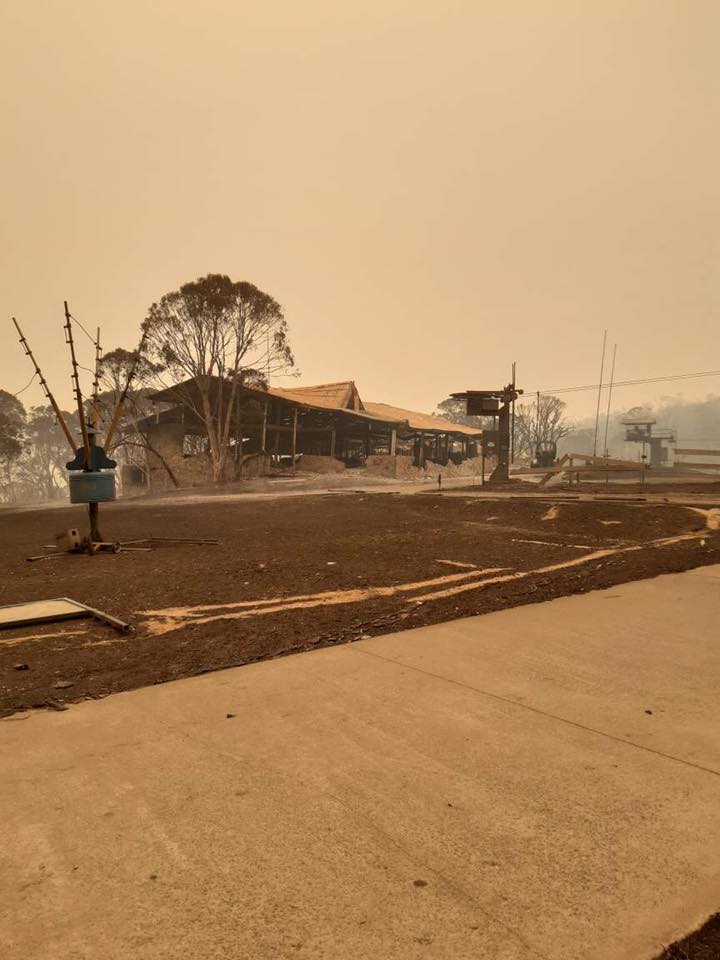
Selwyn Snow Resort after the Black Summer bushfires. Photo: Facebook.
This looked like so much fun, anyone who dared would scrape oil, fat or whatever slid well on snow to timber planks then catapult down the mountains at high speed.
What became the annual Kiandra ski carnivals is said to have pointed to the evolution of ski racing in Australia, and lead to the formation of a remarkable club initially called the Kiandra Snow Shoe Club, which is reportedly the world’s longest continuously running ski club.
It was here that the first T-bar in Australia – a Mueller – was installed in 1957. It was the first of its kind to be manufactured in Australia by Newcastle firm James Engineering.
For more than a century, Kiandra was the “it” spot for snow sport until the 1970s when it was deemed too popular by the NSW National Parks and Wildlife Service and NSW Roads and Traffic Authority – now NSW Roads and Maritime Services – and whose protests about traffic congestion in the area proved so vocal that all facilities were removed or shut down in 1978.
By then, Mount Selwyn, just seven minutes away, with more reliable falls of snow, was starting to take shape.
Last year’s Dunns Road bushfire proved too much for both settlements. What remained of historic tourist attraction Kiandra was destroyed. So too was Selwyn.
All had been quiet in regards to rebuilding Selwyn until updates came in November 2020 that the resort has signed a contract with Doppelmayr Australia to upgrade the Chum Double Chair.
The chairlift was very new when it was extensively damaged by the bushfires in January 2020. It had only opened to the public in June 2019.
But Selwyn’s general manager, Angela Murdoch, backed the signature lift which she said launched thousands of beginner skiers and boarders into snow sport.
“These upgrades will see New Chum continue to be a key feature of the resort for years to come,” she said.
The proposed works include a full conversion of all existing operating components to Doppelmayr; replacement of chairs; upgraded towers; a new variable speed drive to control the lift’s speed; and the expansion and upgrade of load and unload platforms
“This is a great step forward in our rebuild plans as we are fully committed to being back as soon as possible,” said Ms Murdoch.
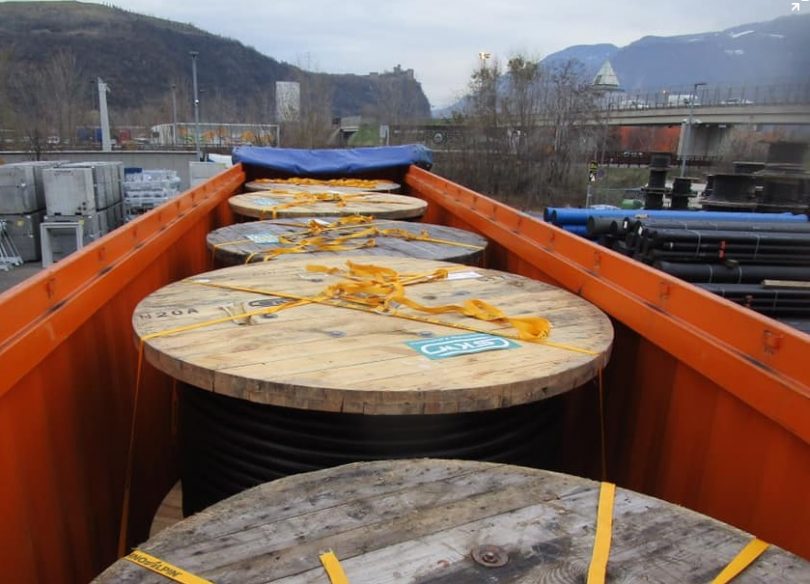
Italian company TechnoAlpin has been selected for the design and supply of Selwyn Snow Resort’s snow making system. Parts are already en route to Australia. Photo: Supplied.
Furthermore, in December 2020, came the announcement that Italian company TechnoAlpin had been selected for the design and supply of the resort’s snow making system, also damaged during the bushfires, with parts already en route to Australia.
The three development applications for the new resort currently before the NSW Department of Planning, Industry and Environment are proof the Blyton Group means business with a staged development of the Selwyn site, which may see the resort operational with minimum infrastructure.
Laying low in the landscape, but front and centre of the development is a two-winged contemporary visitors centre, designed by Sissons architects of Sydney, replete with huge glass windows overlooking the ski area, an outdoor picnic area and snow play area.
Planned works at Selwyn Snow Resort include a plant enclosure and waste management area, including a significant wastewater treatment system.
The nearby quarry will be enlarged for increased water storage. Boomerang Platter lift towers will be relocated and the development will include two above-ground mobile lifts, reconstruction at the toboggan park area and six staff accommodation modules.
All buildings will be built according to Bushfire Attack Level (BAL) standards for the area.
It is understood the project will create around 40 construction jobs.









